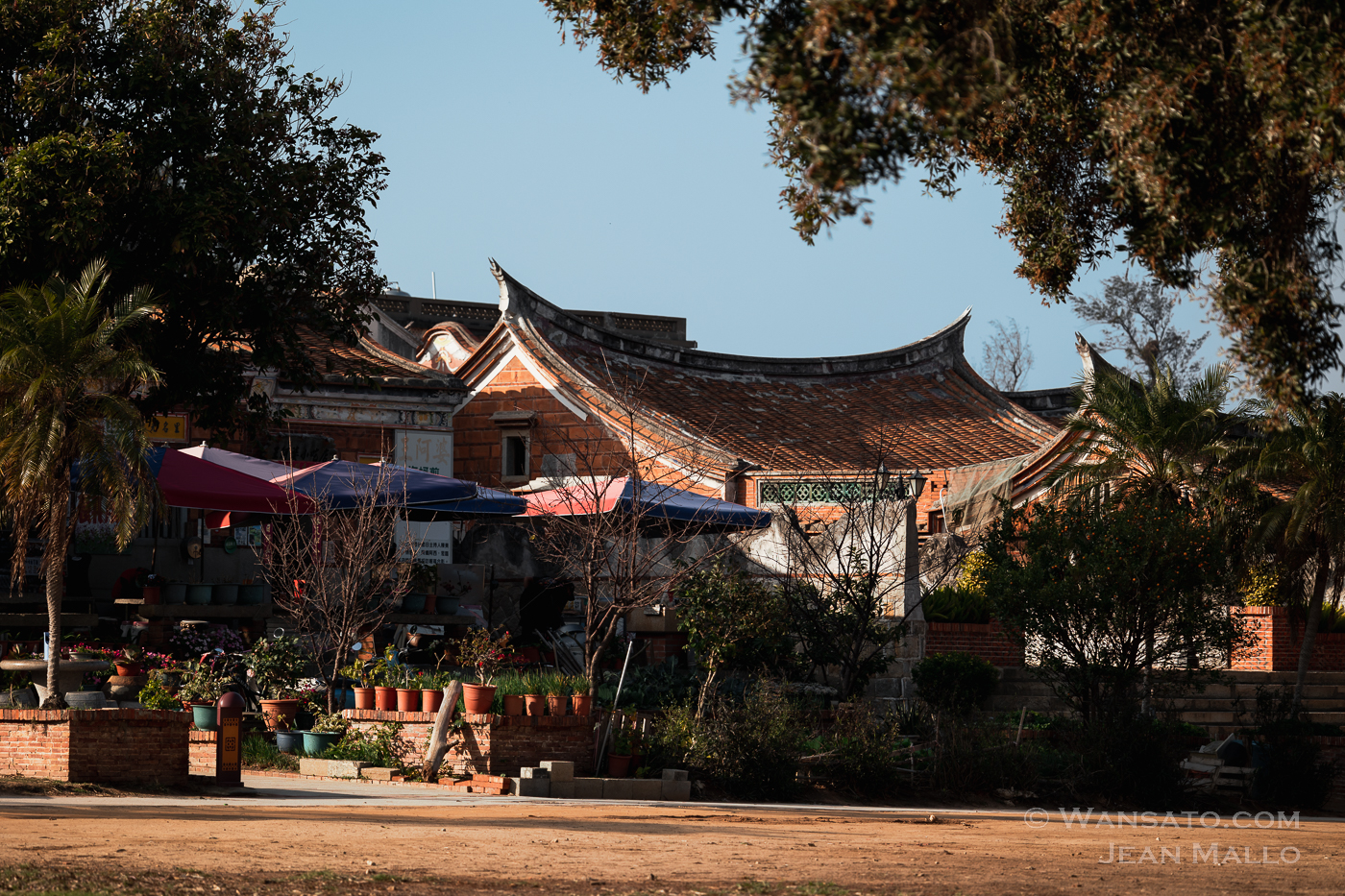
Taiwan – Kinmen episode 1 – The Golden Gate
Discover the small island of Kinmen in Taiwan. The beauty of its villages and its traditional red-brick houses have become a major attraction on the island since it opened in the 90s.
F
rom up here, we can’t see much. Endless expanses of blue dotted here and there with thick hills of white cotton. We’re in the land where the sun is king, where the weather is almost always fine. After a while, we descend and enter one of the surrounding hills. The blue disappears. There’s nothing around us to indicate where we are. All is white, without contrast. We float. Then we feel ourselves descending a little further, until we leave the hill behind, revealing an uneven, deep-blue surface. We emerge from the clouds and the sea appears. We see tiny black dots that grow larger the closer we get to the bottom. Fishing boats lost in the shadows of the clouds. We descend from the clouds, again. Until land appears. Red, barren, dry land, interspersed with green vegetation here and there. Already from the sky, the lack of water is visible. And in the midst of this chaos, curious geometric shapes intermingle: squares and rectangles, perfectly arranged in relation to each other. The plane descends rapidly, revealing villages from the air, with their houses organized in a checkerboard pattern, like a chess board. The famous and splendid red houses of Kinmen.
Kinmen, the Golden Gate and formerly known as Quemoy in French, faces its gigantic neighbor China. Only a few kilometers from the Chinese coast and the Chinese city of Xiamen, this small islet nevertheless belongs to Taiwan, which lies over 150 kilometers away. Kinmen is known as a popular destination for Taiwanese – and Chinese. And with good reason, its traditional red-brick houses have become the island’s jewel. Kinmen has been inhabited for centuries, and the old houses have been fortunate enough to have been protected throughout its history. Especially after the Second World War, Kinmen‘s special status until the 90’s meant that it was an important Taiwanese military base, and only military personnel and locals were allowed to visit the island. Kinmen was therefore spared the rapid urbanization that Taiwan experienced after the Second World War, during which many old houses were demolished to make way for what were often basic dwellings, as many people believed that this was only temporary and that a reconquest of China was imminent.
The small plane touches down at Kinmen airport. Once outside, we head for a small shed covered in sheet metal to pick up our scooter. Like everywhere else in Taiwan, scooters are the easiest way to get around. The scooter rental company warns us, looking a little undermined: it’s dry on the island, it hasn’t rained for several weeks, even though we’re in the middle of the rainy season. An observation we’ve already made from the air. And unfortunately, just a few kilometers later, we become acutely aware of the problem: there’s no water left in most of the lakes. Chinese-style bridges no longer span water, but dry, cracked mud. Vegetation is swept away by dry gusts of wind. The earth is red and dusty. Rain is a long time coming.
With our scooter, we set off to discover the island and its famous houses. It doesn’t take long to tour the main island of Kinmen, let alone its little sister, “Little Kinmen“. In the north of Kinmen, we discover the village of Shanhou (山后). Hidden behind the village’s large entrance gate – a paifang (牌坊), the beautiful red houses topped by “swallowtail” roofs are revealed.
These houses are characteristic of China’s neighboring Fujian region, and are known as “Hokkien” architecture. The “Hokkien” are a sub-group of the Han ethnic group, and are mainly found in Fujian and Taiwan. The island’s earth gives its houses their magnificent red color. And what’s more, some of these houses are covered in shells, the perfect element to combat the stifling heat and, above all, the typhoons so frequent on the island. The decorations and carvings on the walls often depict scenes from Chinese mythology, local stories and auspicious symbols, which only enhance the beauty of the houses. So much so, in fact, that some almost rival Taiwan’s finest temples. In the traditional home, courtyards are a common feature. These open spaces are often adorned with lush gardens and decorative elements. But they also serve practical purposes, such as gatherings for festivals or crop drying, for example. Above all, all houses follow the principles of Feng Shui, which are very much in evidence in Taiwanese society – even today, in terms of layout and location, decoration and space. The aim of all this is to improve the flow of positive energy in order to achieve harmony and balance in a way that will bring peace and prosperity. Suffice to say, it’s not with our tourist eyes that we’ll pick out all the details of Feng Shui.
We get lost in Shanhou’s narrow streets. Here and there, small temples, clotheslines and ice-cream stands. We’re not sure whether we’re entering the private courtyard of a house or the public street. In Shanhou, as in the island’s other traditional villages, the sense of living in community really comes into its own. Shanhou’s houses are magnificent, and each has its own unique charm. Shanhou is the best restored village on Kinmen, attracting tourists who come to see the beauty of Kinmen. Even so, on this particular day, we’re almost alone in the village. On a street corner, an elderly person sleeps, waiting for the tourists who are few and far between these days. After a while, we make our way back to our hotel in Jincheng – the island’s capital, passing the countless military bases along the way.
Kinmen gives the impression of being a skilful blend that we rarely find in Taiwan. A traditional Chinese town, but with a Taiwanese character and modernity. Beautiful Hokkien-style houses – almost unheard of in Taiwan – stand side by side with austere “modern” buildings – made of concrete and brick, and other signs familiar to Taiwanese: 711, Watson and others. For someone from the main island, this marriage is quite surprising and a far cry from typical Taiwanese cities. Almost like a Taiwanese China, we might say.
All is quiet. When the roar of the scooter stops, only the gentle breeze from the sea sighs in your ears. In the streets of this small, silent, unnamed village, the sun is setting. We stop for a while at random. At the sight of our scooter, a dog comes to meet us. It’s as if we’ve become the only attraction for him, since there’s so little going on in the village. Over there, an elderly woman looks in our direction, surprised no doubt, and continues walking painfully towards her house. There’s nothing to do here, apparently. Between two or three modern houses we see many ruins. Wonderful old houses left to decay rapidly. The opposite of Shanhou.
This shows an aspect of Kinmen that seems to grow stronger with each passing year. Paradoxically, with a population that has been officially growing since the island was opened up to civilians in the 90s and the number of tourists constantly increasing, the island’s villages are massively deserted. The explanation is surprising: more than half the population is considered to be ghost dwellers. These inhabitants are officially registered in Kinmen to benefit from generous government subsidies, but live on the main island of Taiwan, or to a lesser extent abroad. And the number of abandoned houses is a direct consequence. It’s also often easier to build a modern house than to renovate the old family home, provided there’s the will to live here. There is, however, a government program to help renovate old red-brick houses. But not everyone can benefit from it, and not all costs are covered by the grants. Above all, you have to show that once the house has been restored, it will be used as a main residence or as a guesthouse for tourists visiting the island. In other words, not everyone is eligible for these grants.
Others try to get by, like the grandmother and her dog. Her house is a large and beautiful dwelling, but it’s been maintained with what’s at hand, such as slabs of wood and other salvaged materials, probably due to a lack of aid. The house is deteriorating inexorably, with the passage of time – particularly with the frequent typhoons that sweep through the region, gradually taking away a piece of its history. Let’s hope his house doesn’t become just another ruin in Kinmen.
Sources :
The new architectural expression of Minnan Architechure – CORE Reader
Southern Chinese Architecture: Hokkien, Hakka, and Cantonese style | by Aurelia Vizal | Medium
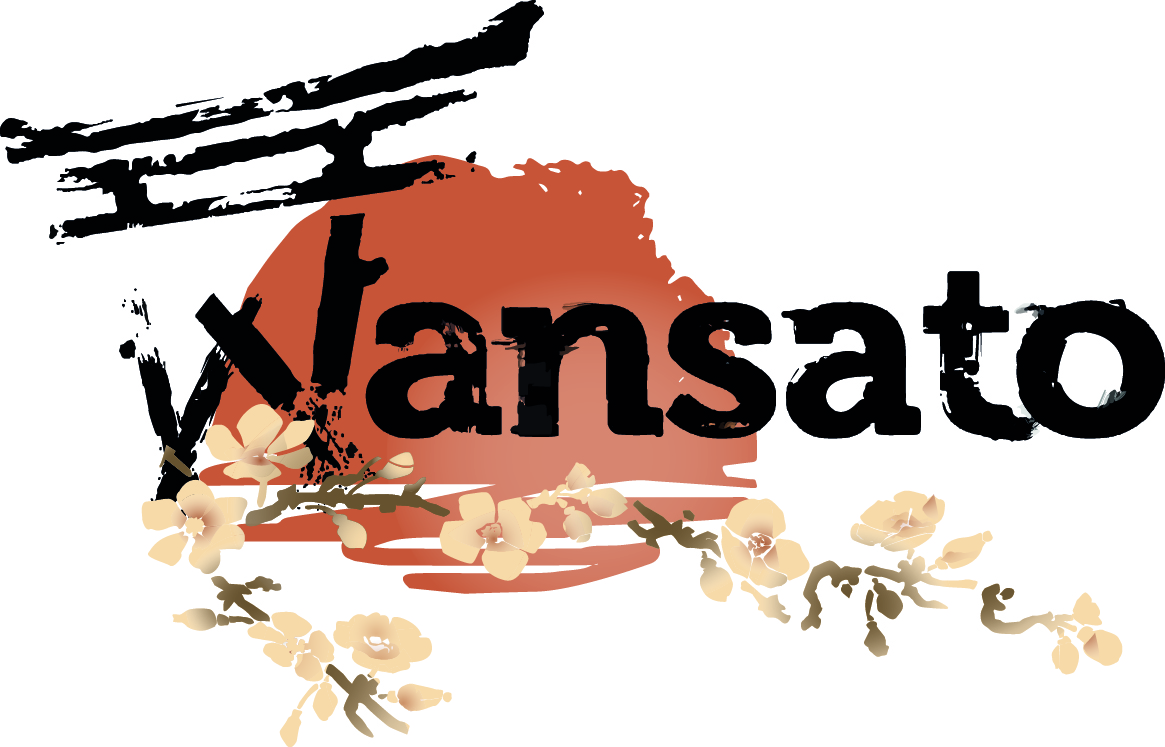
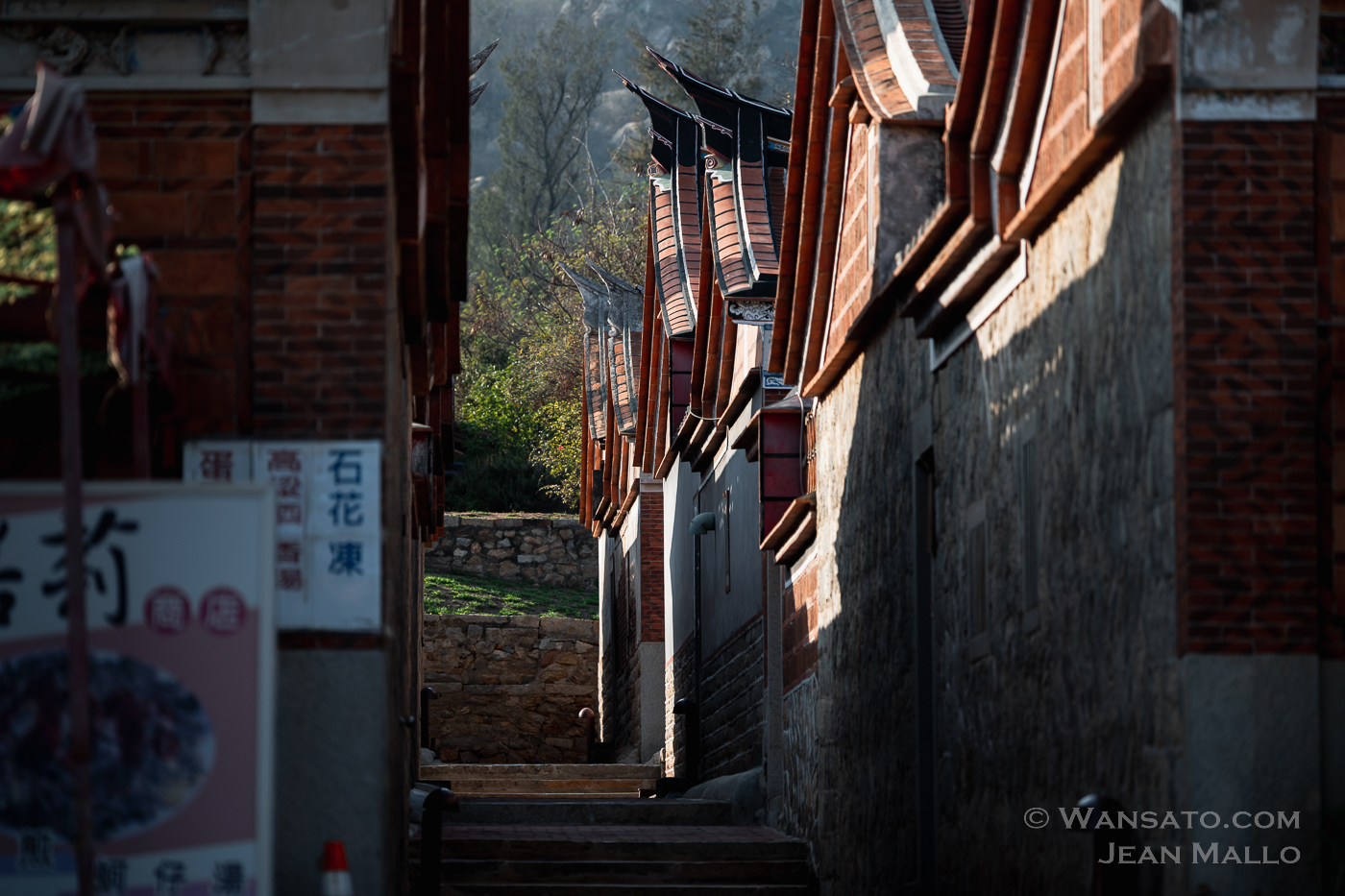

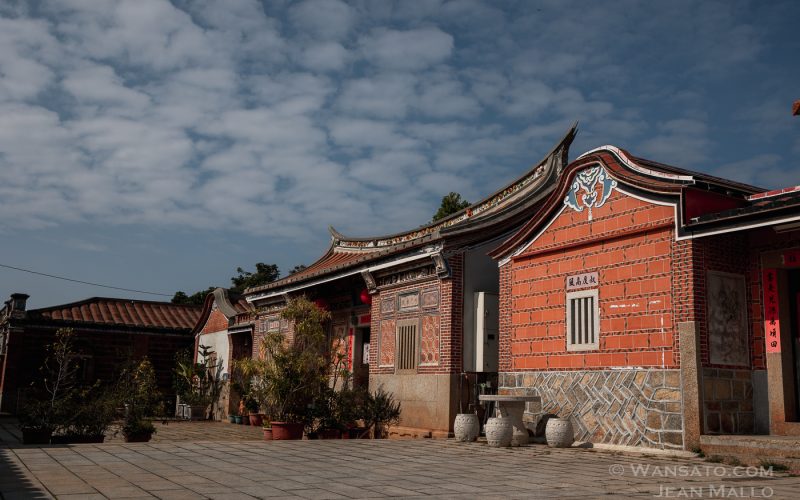

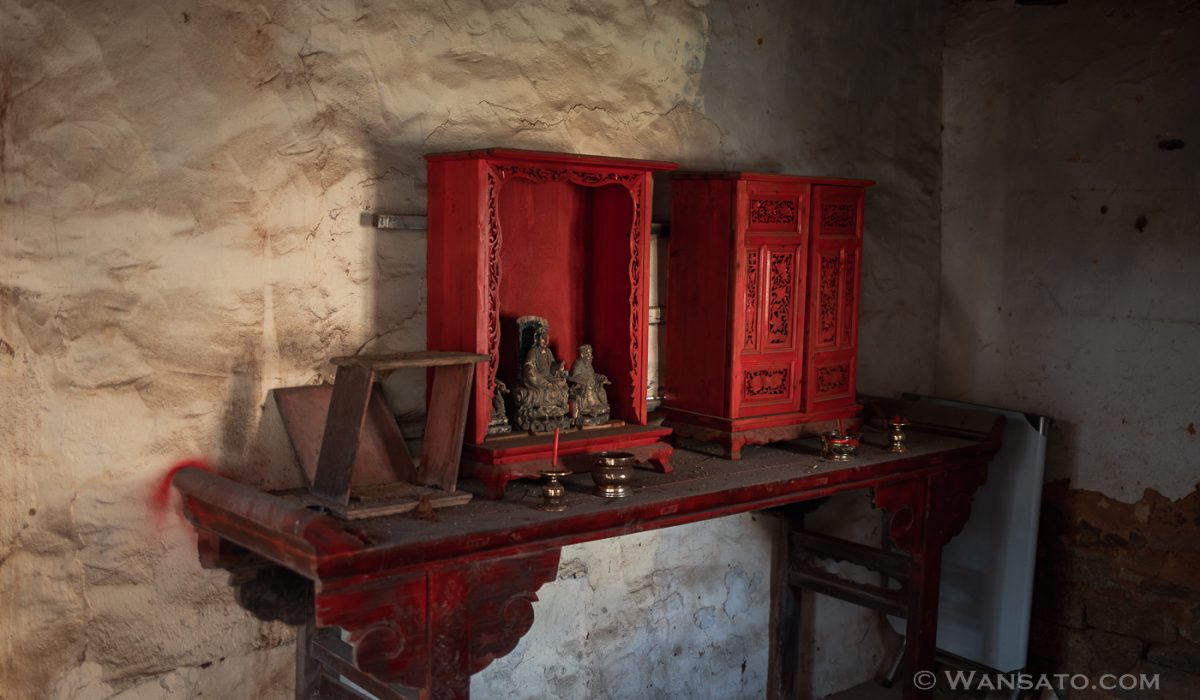

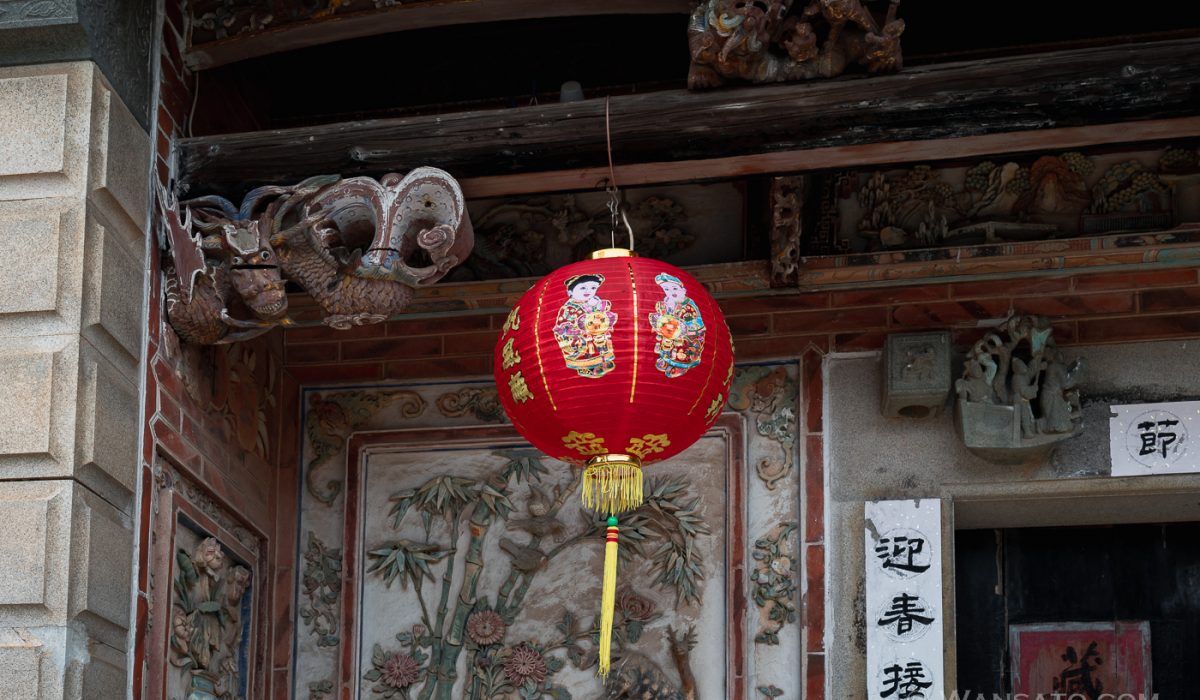
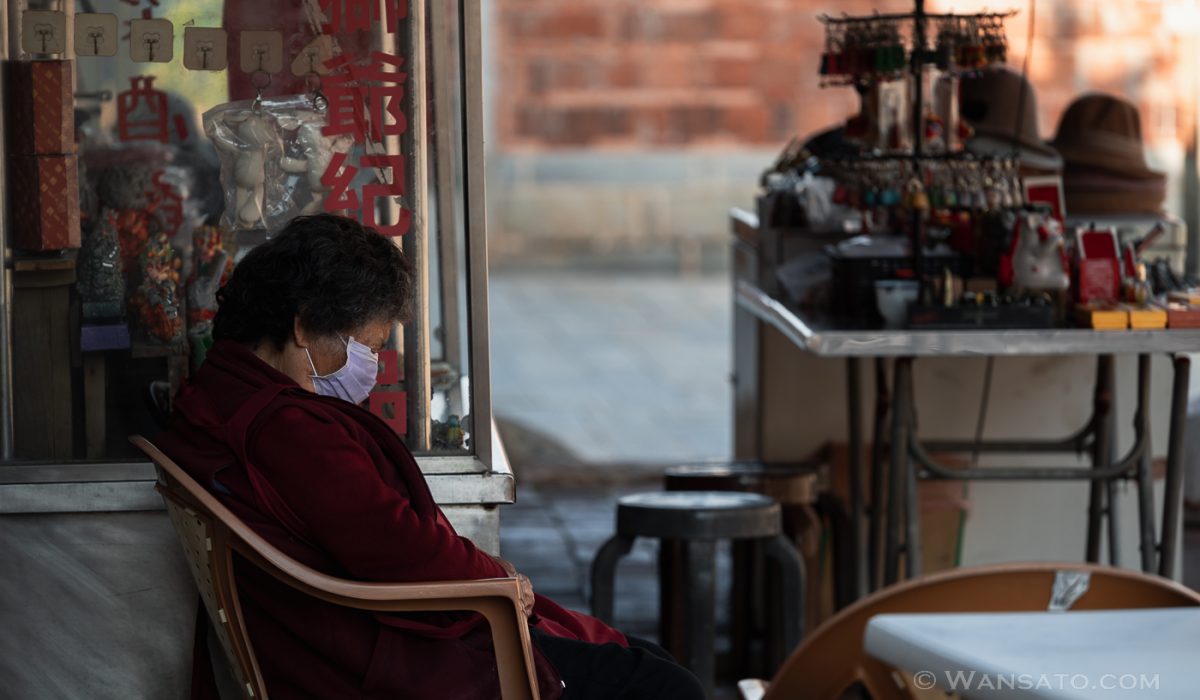

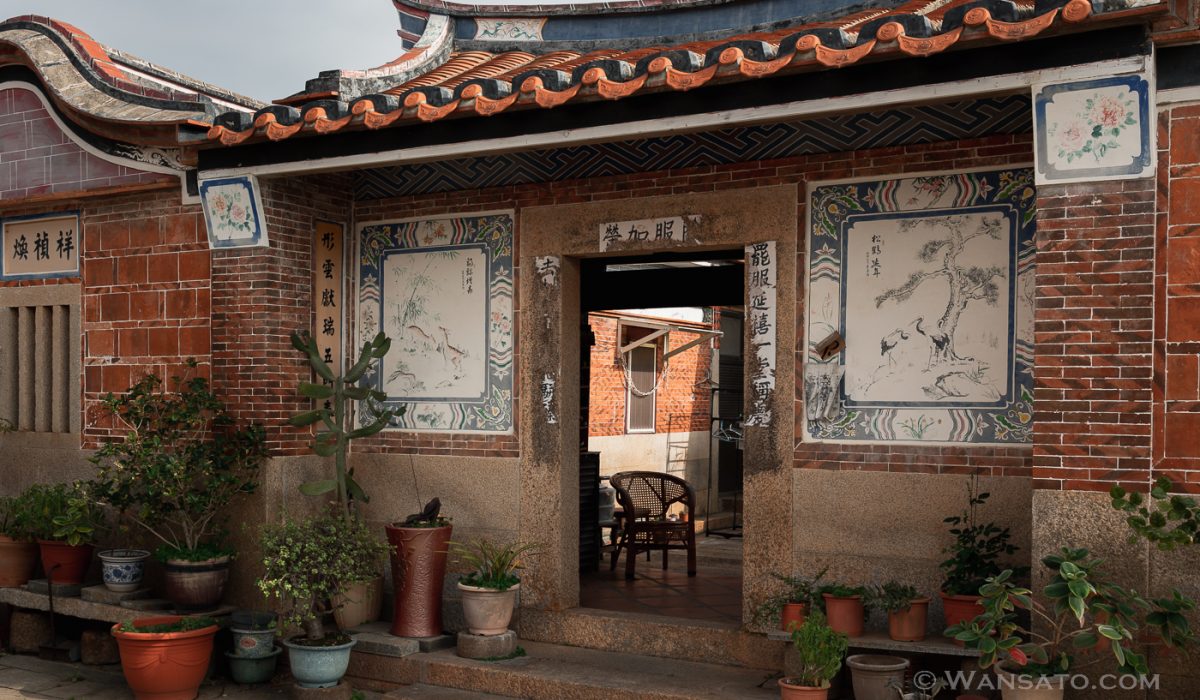

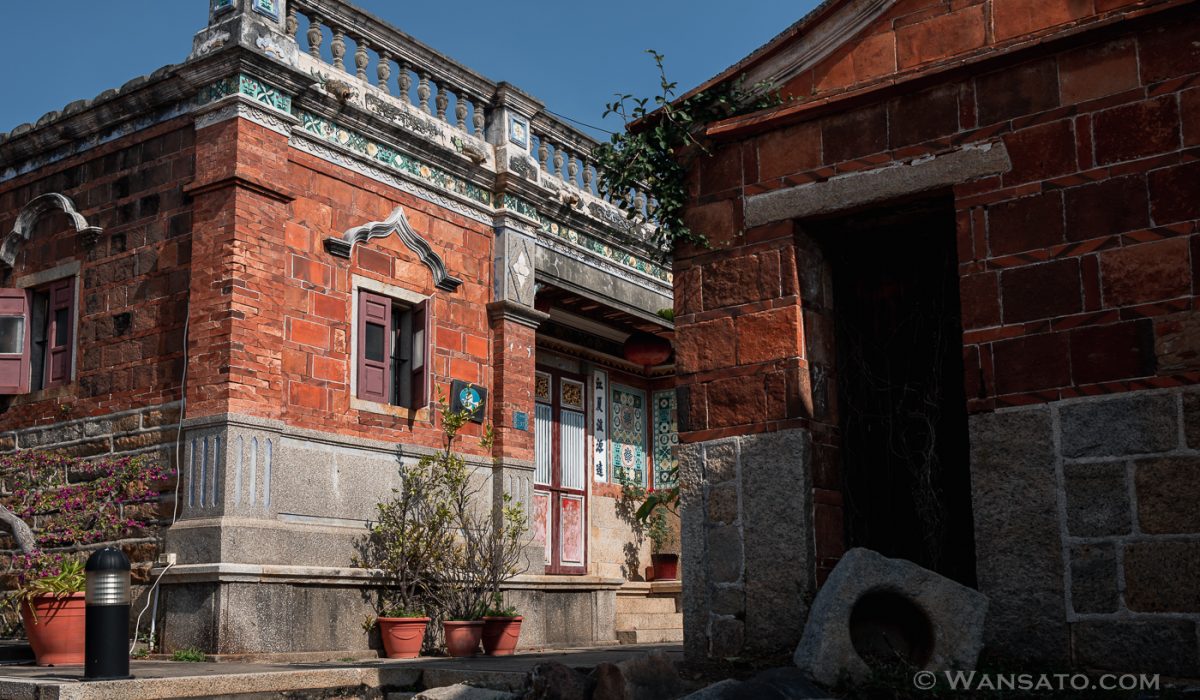


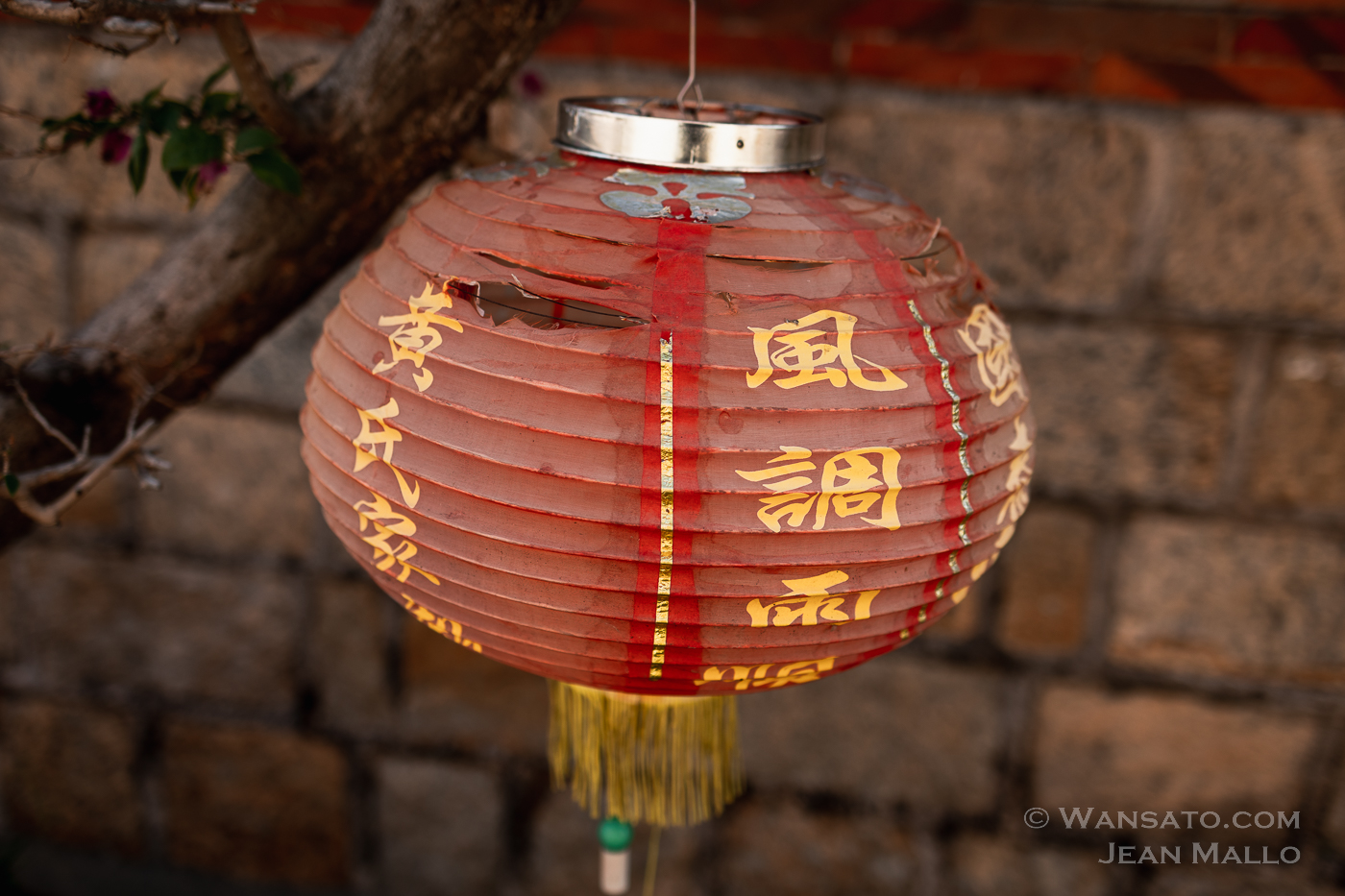
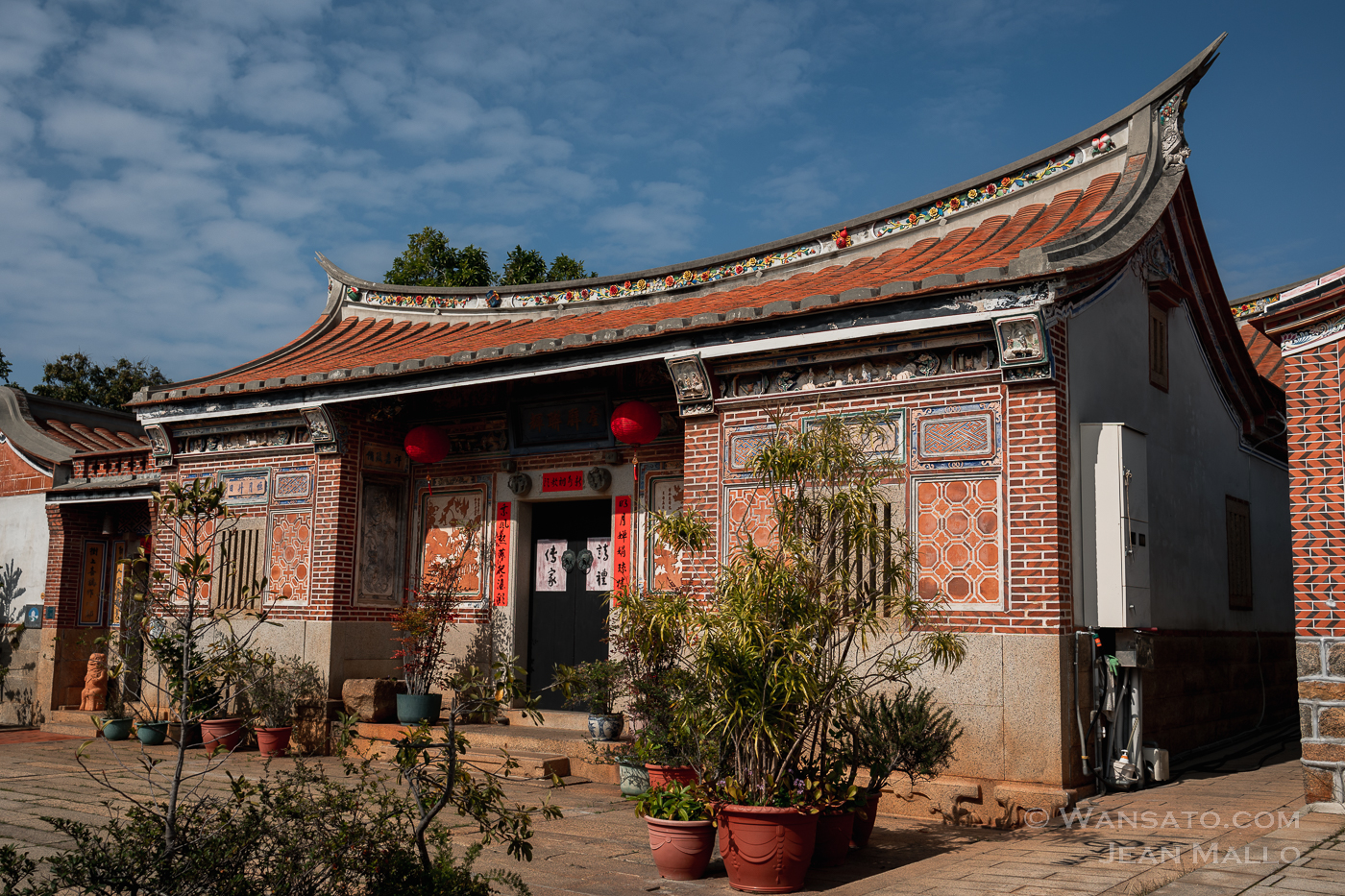


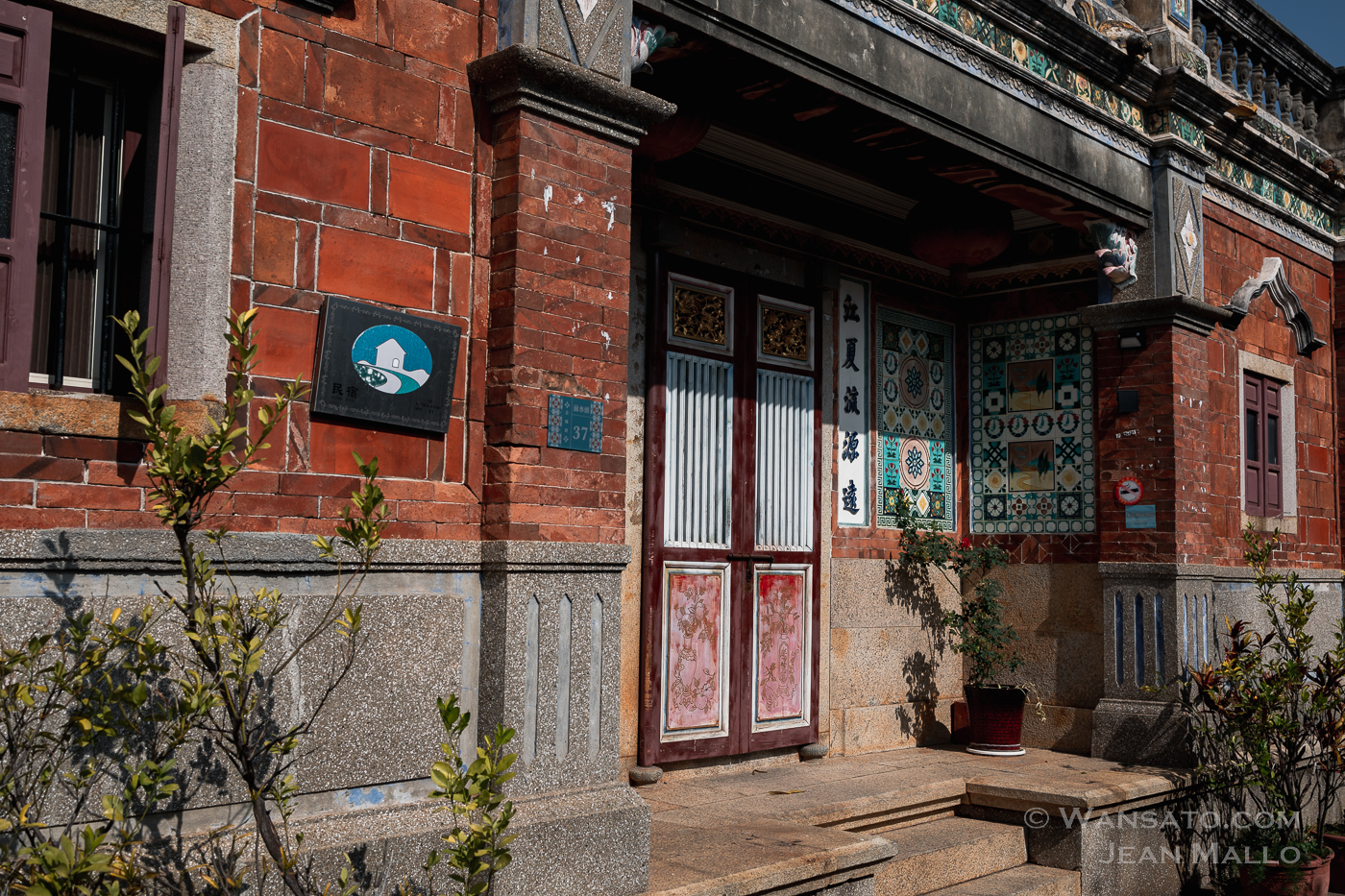
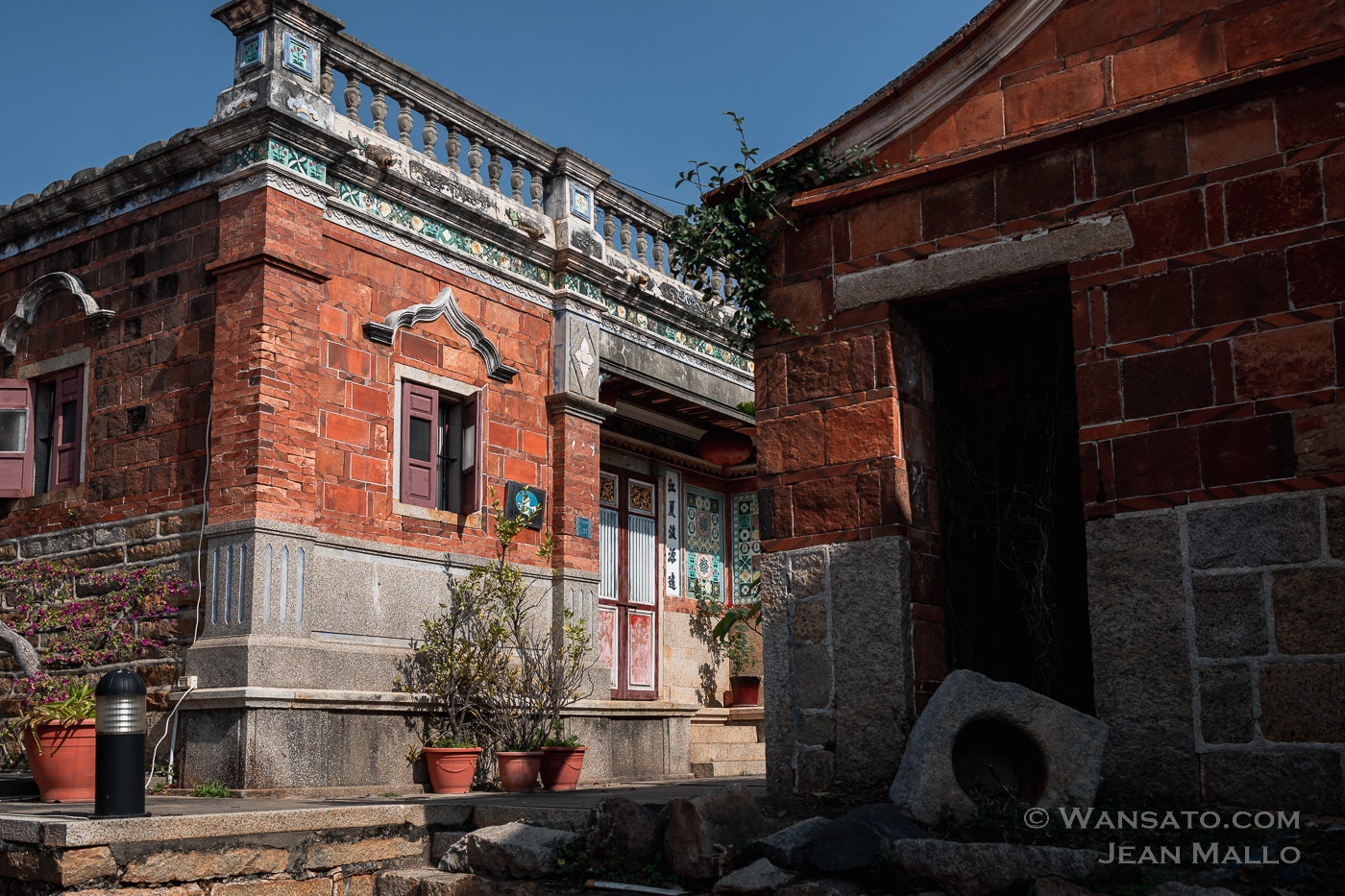

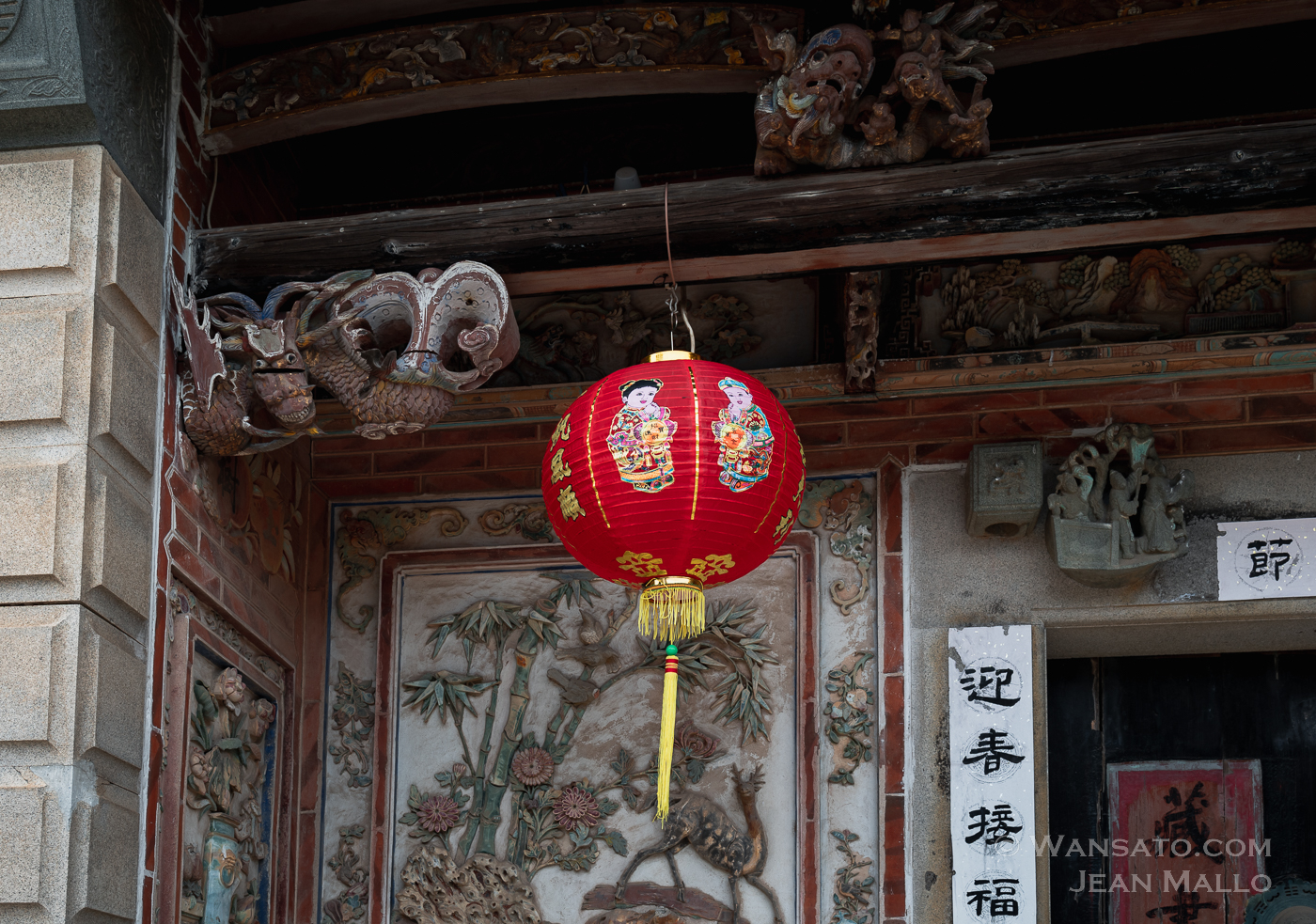




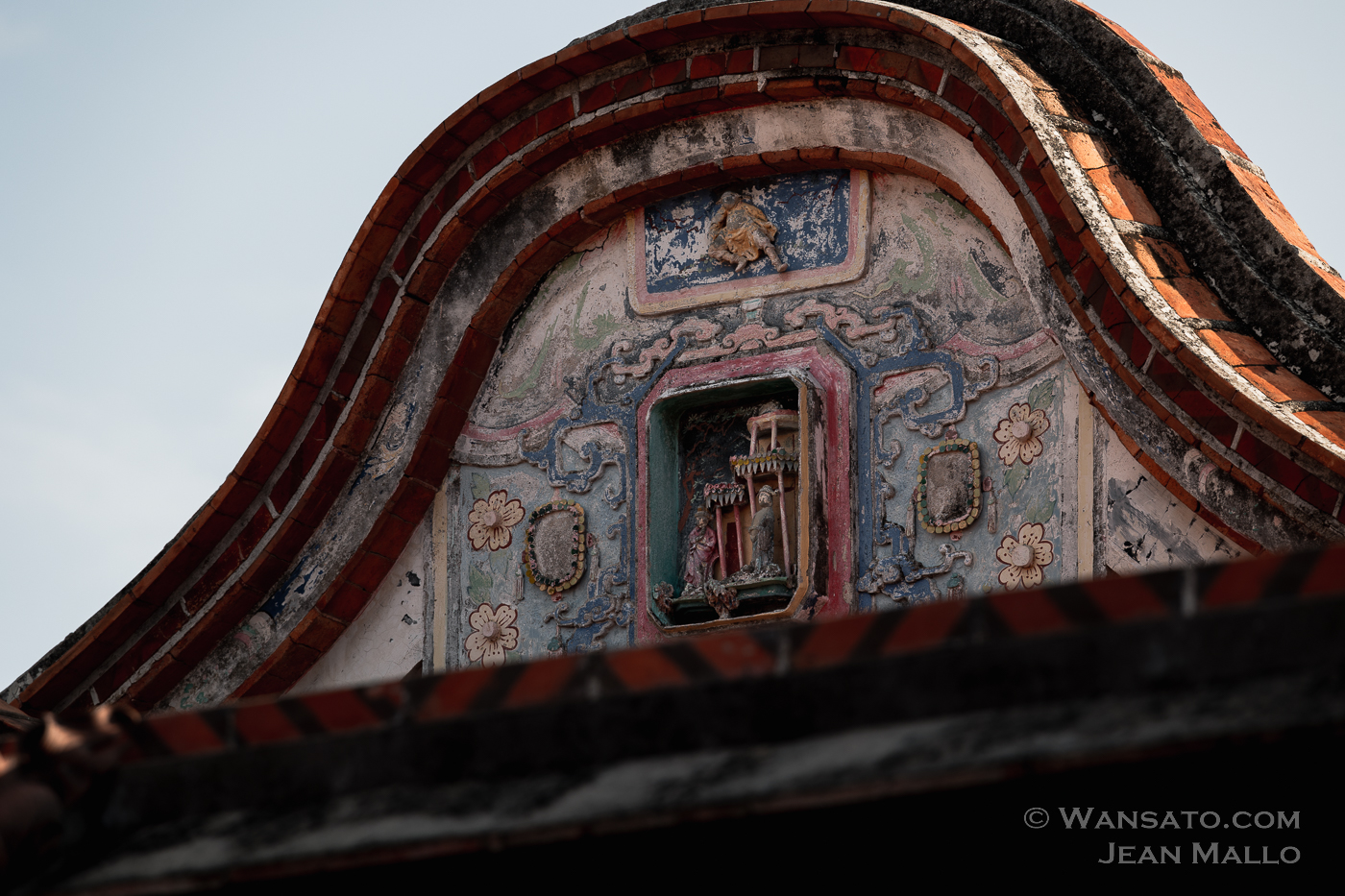
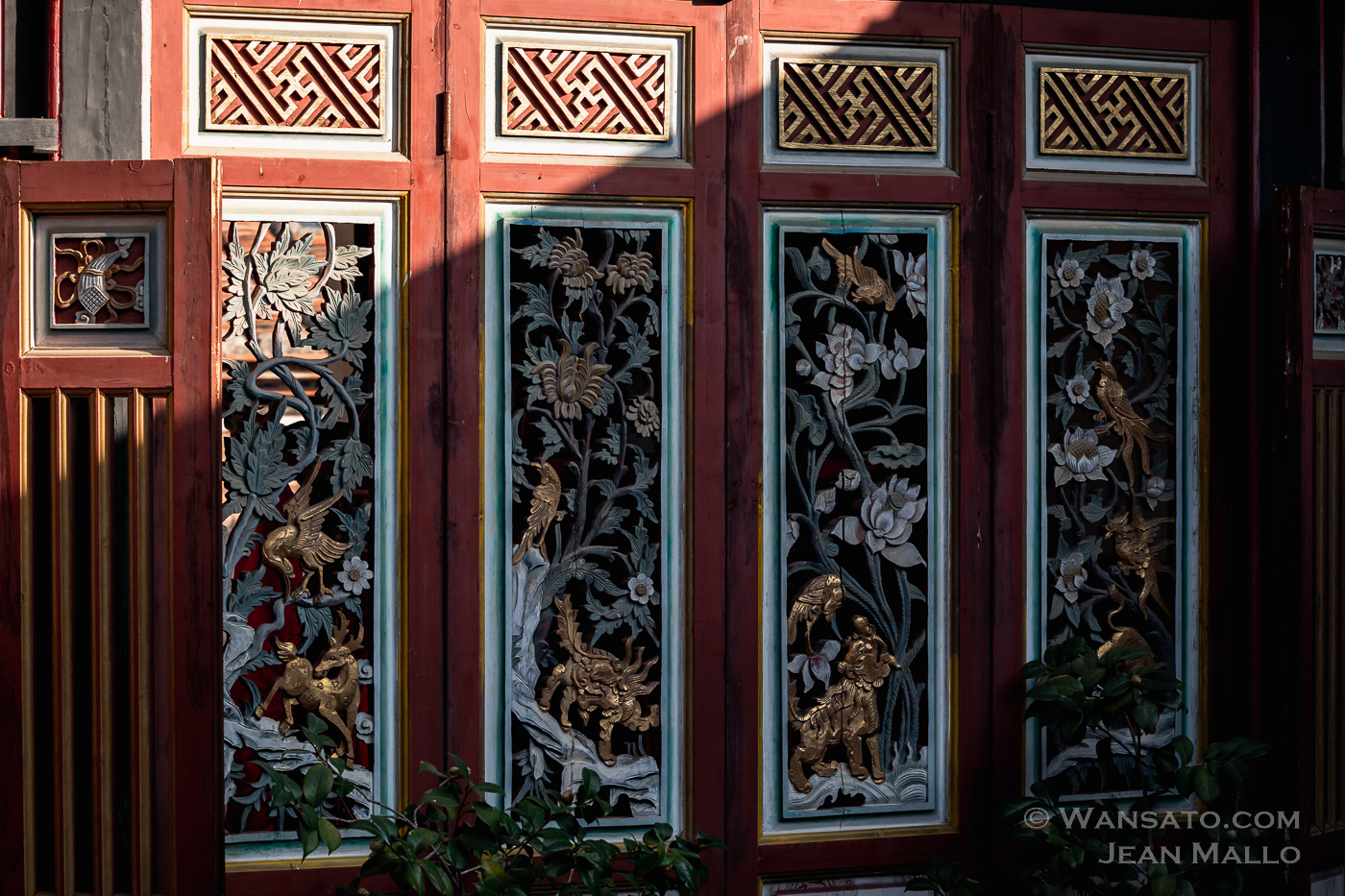


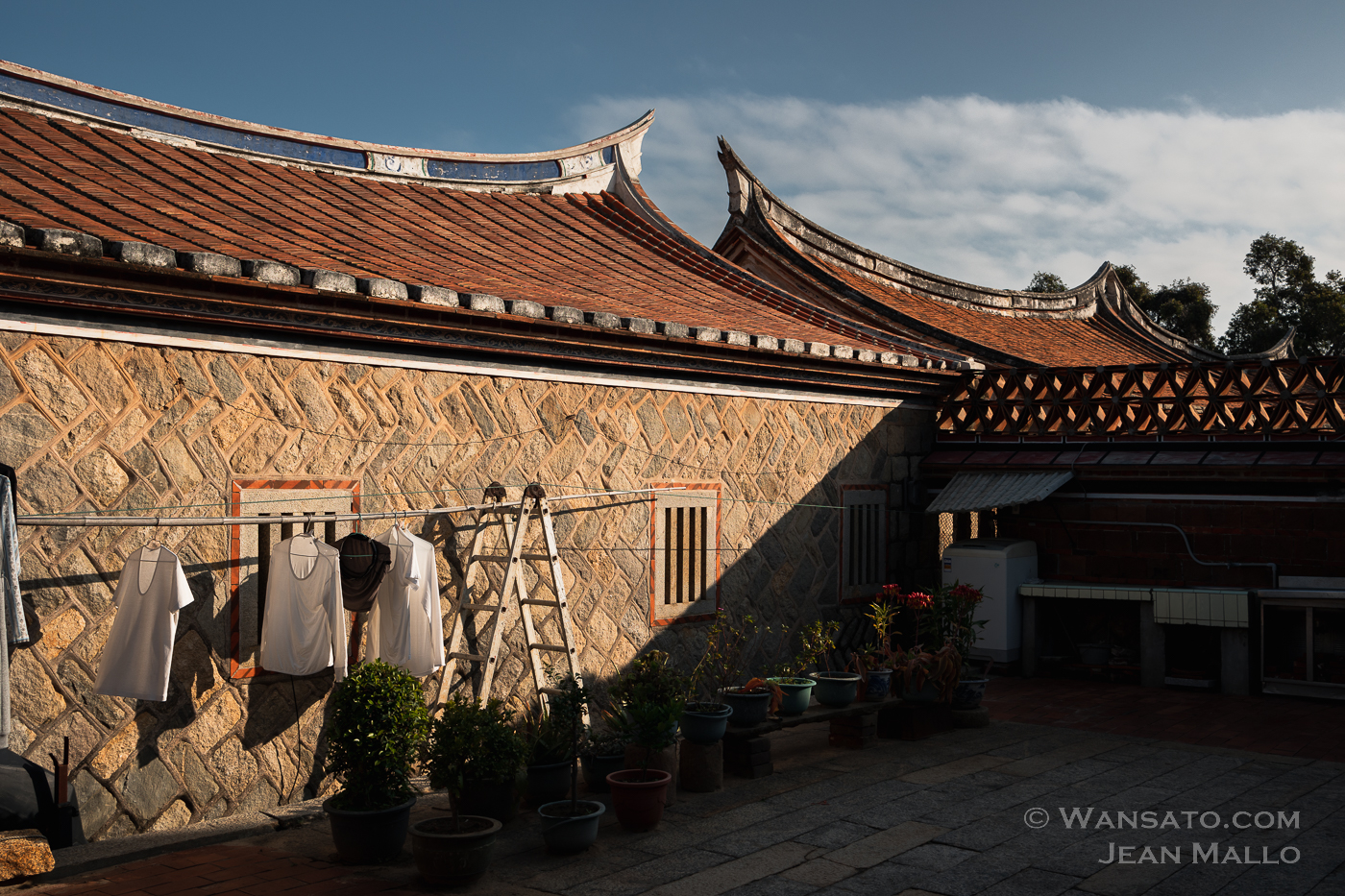
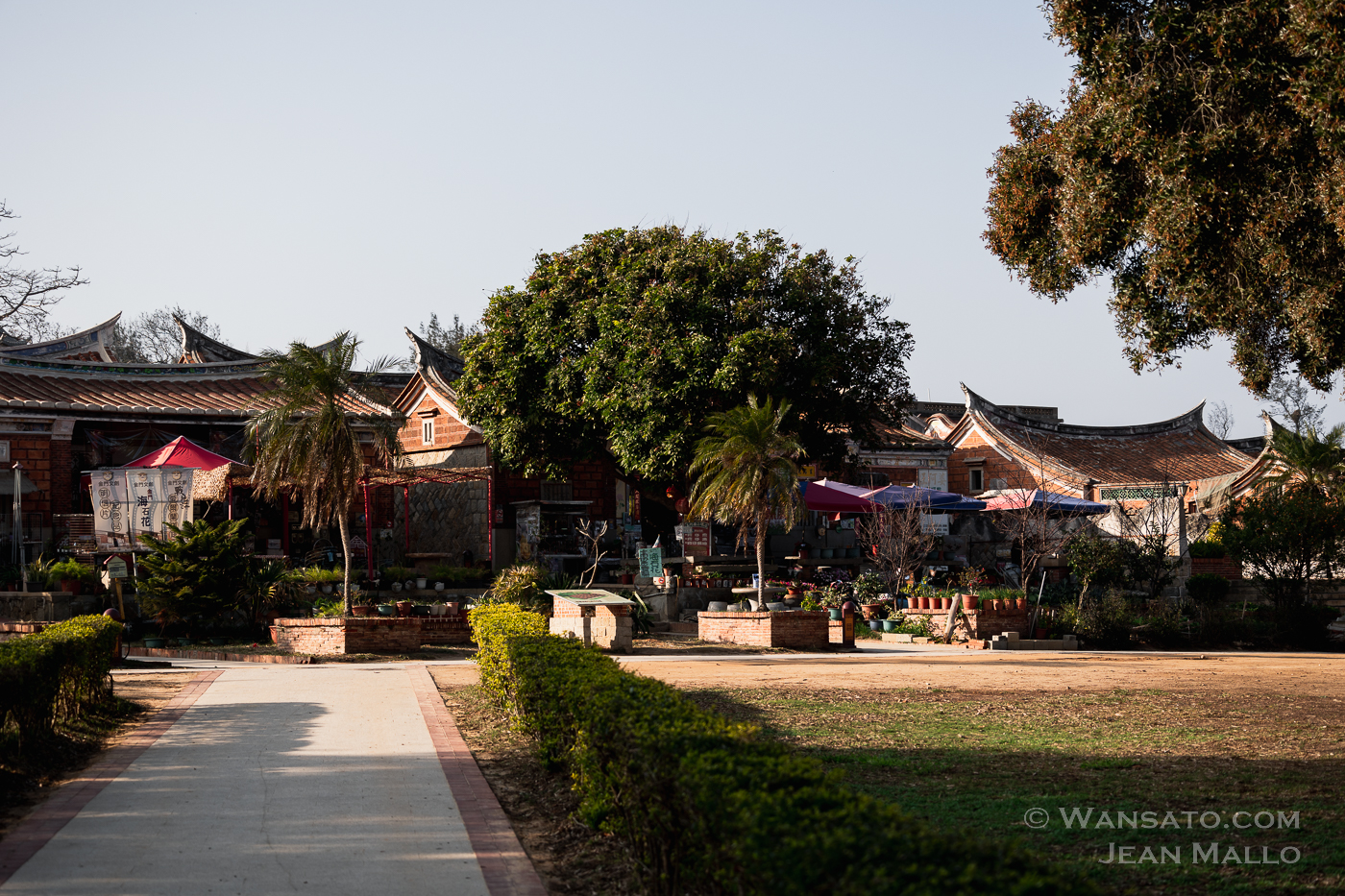

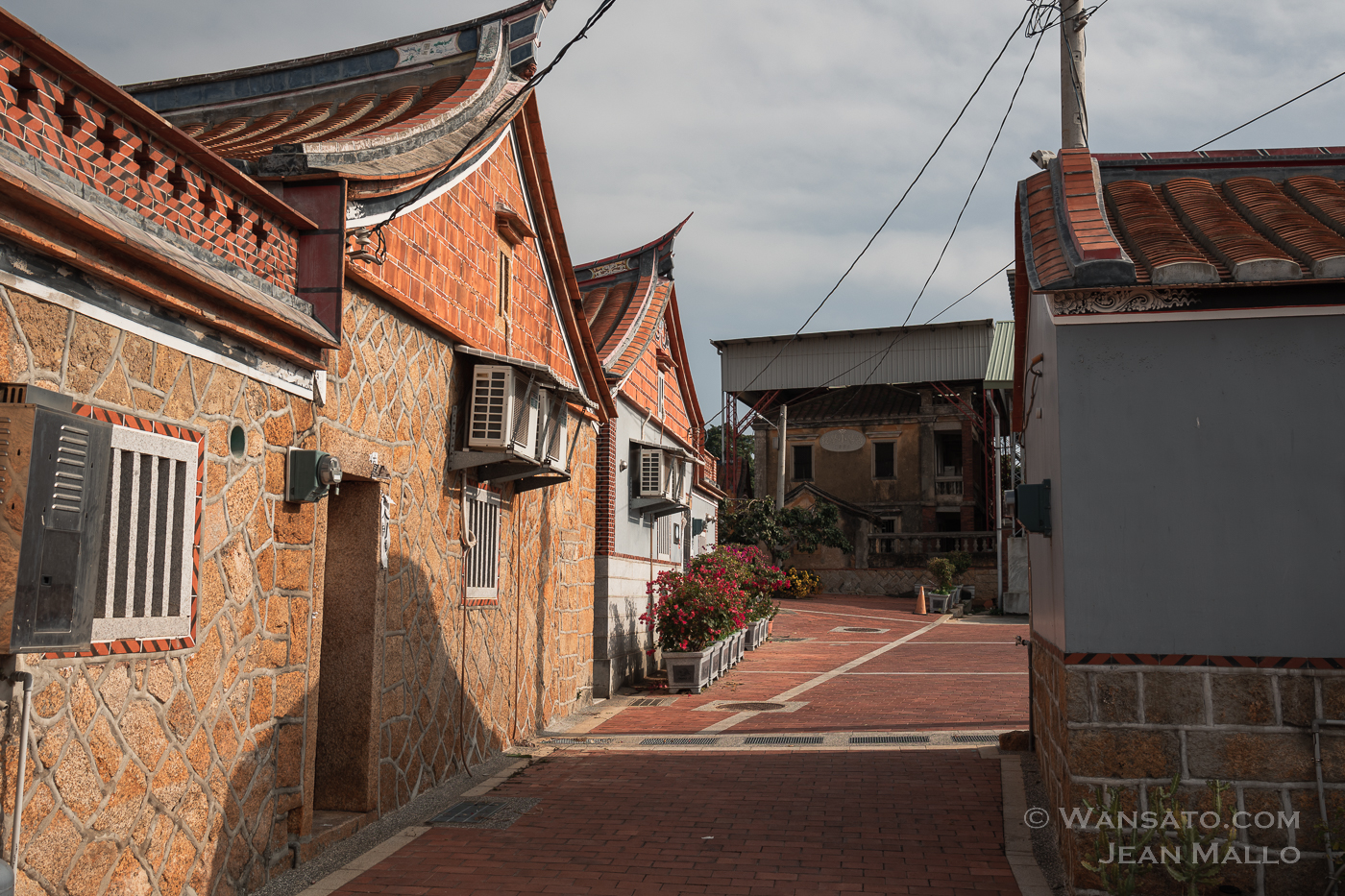



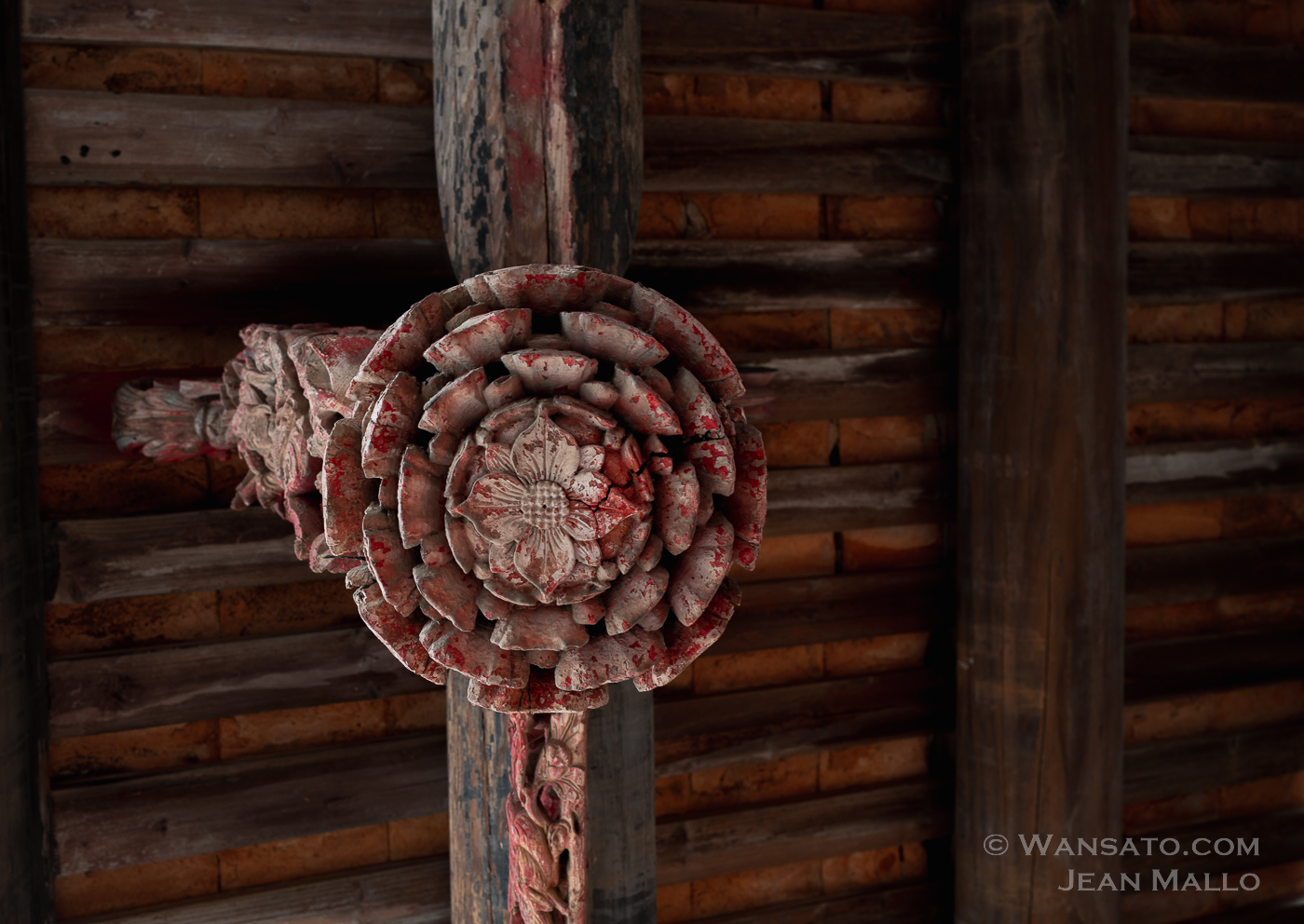
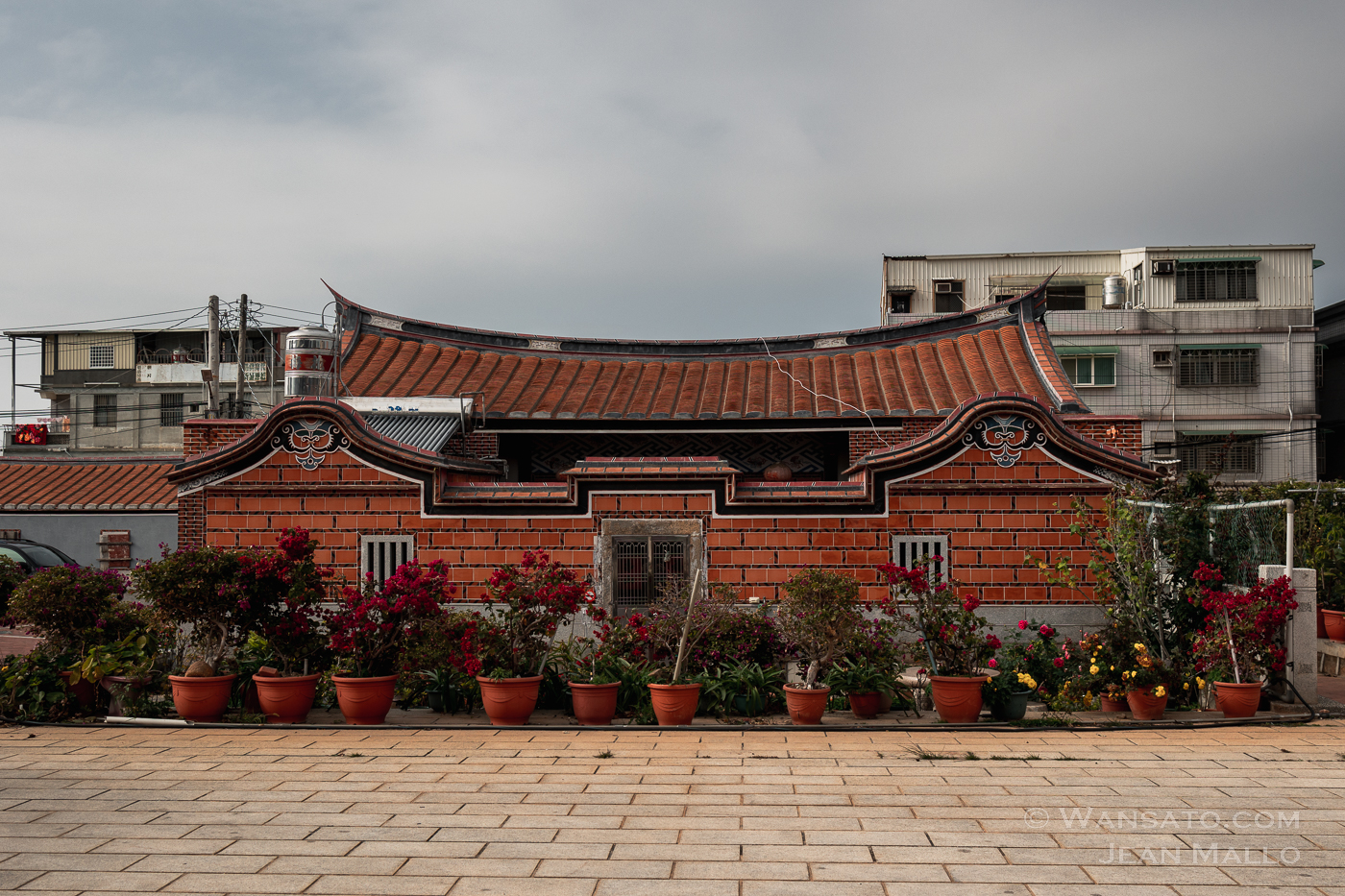


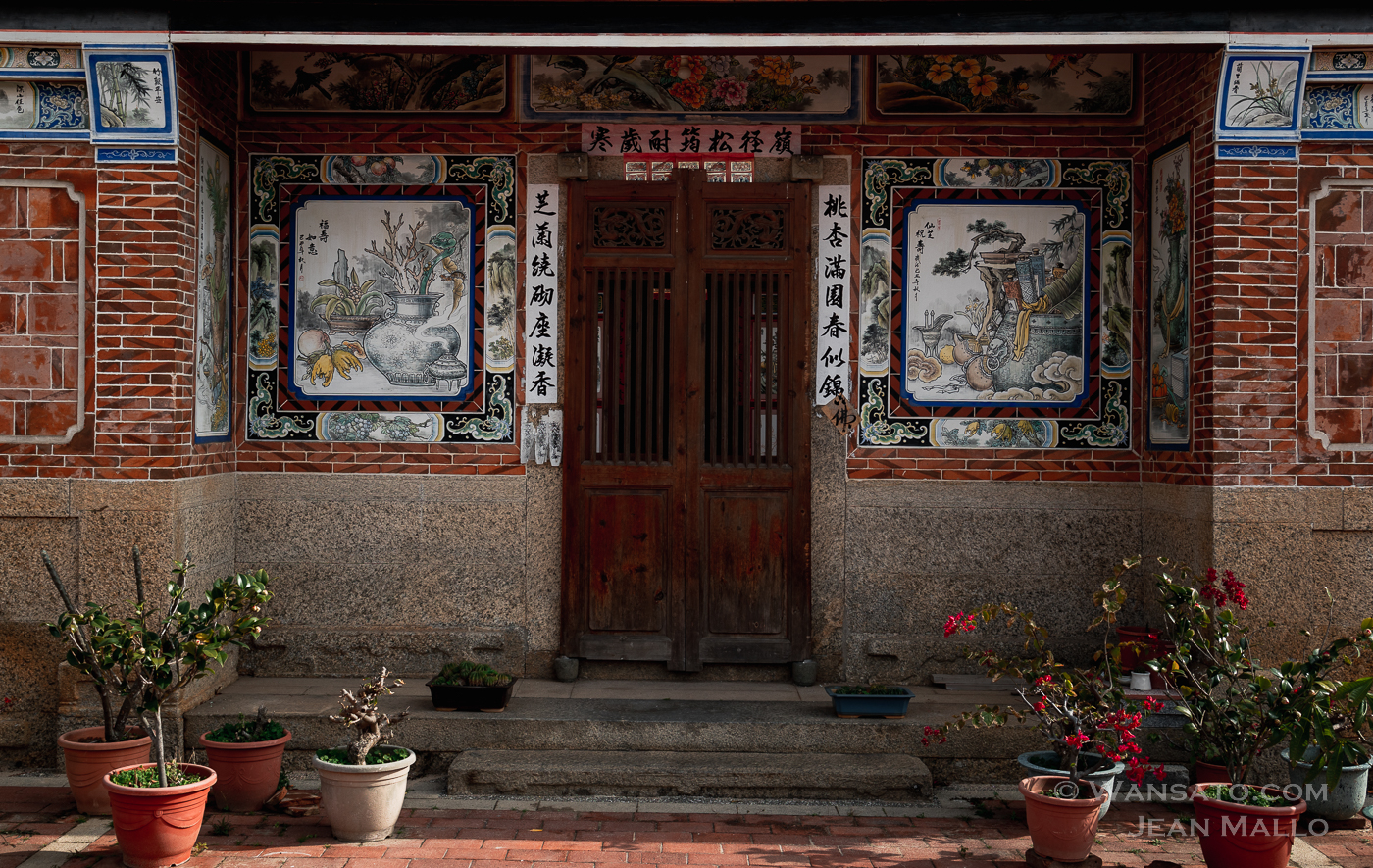


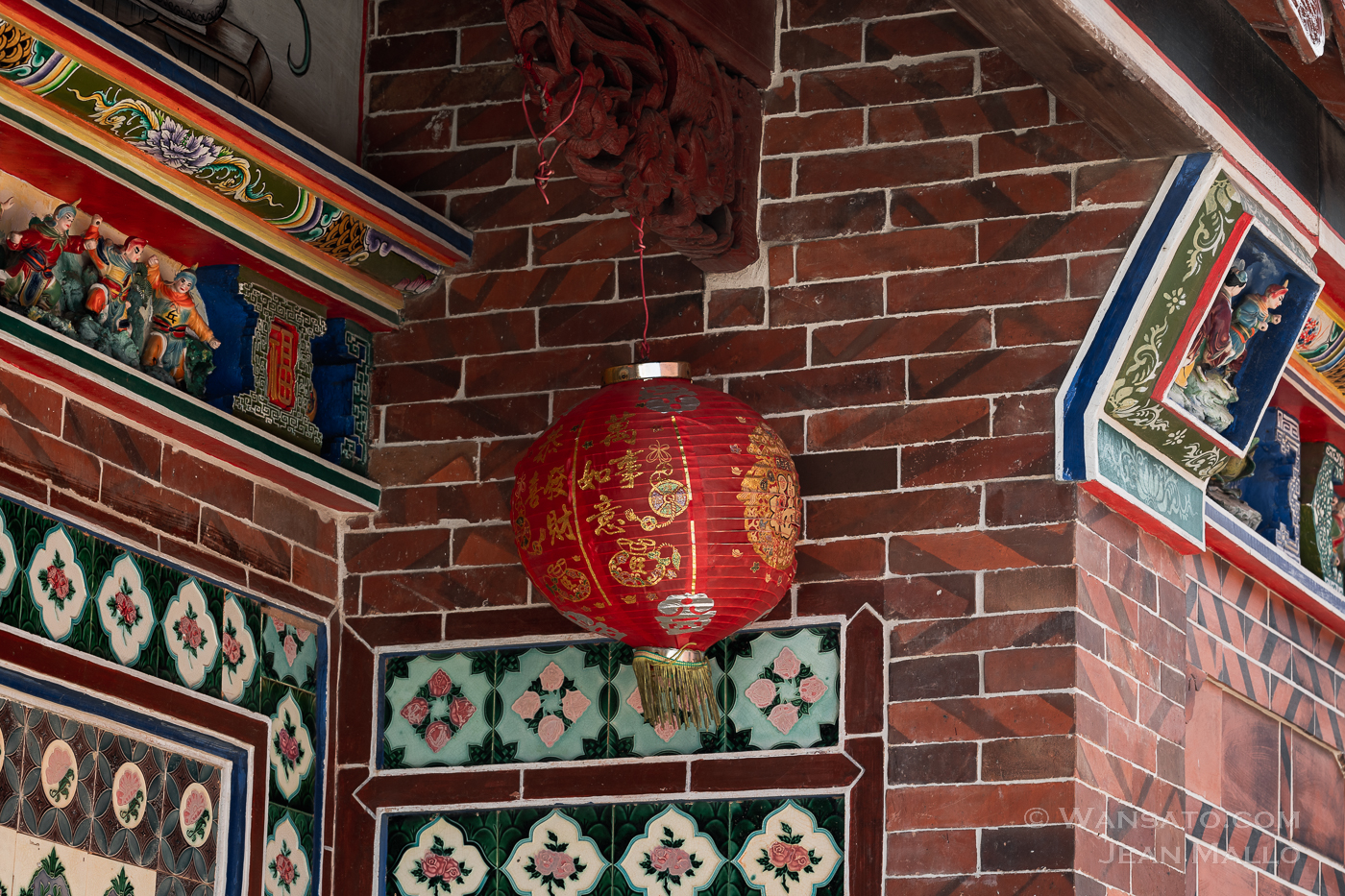


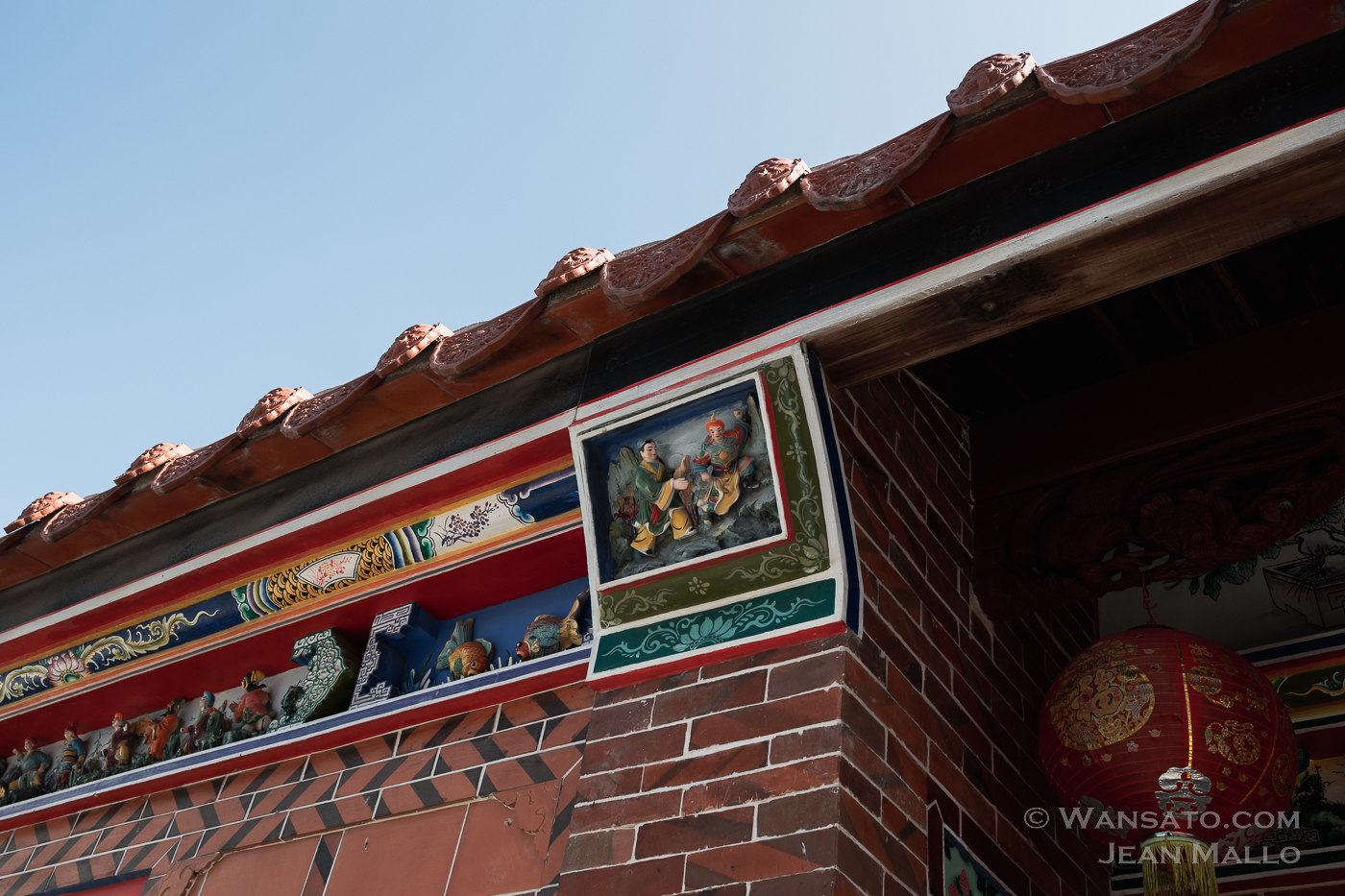
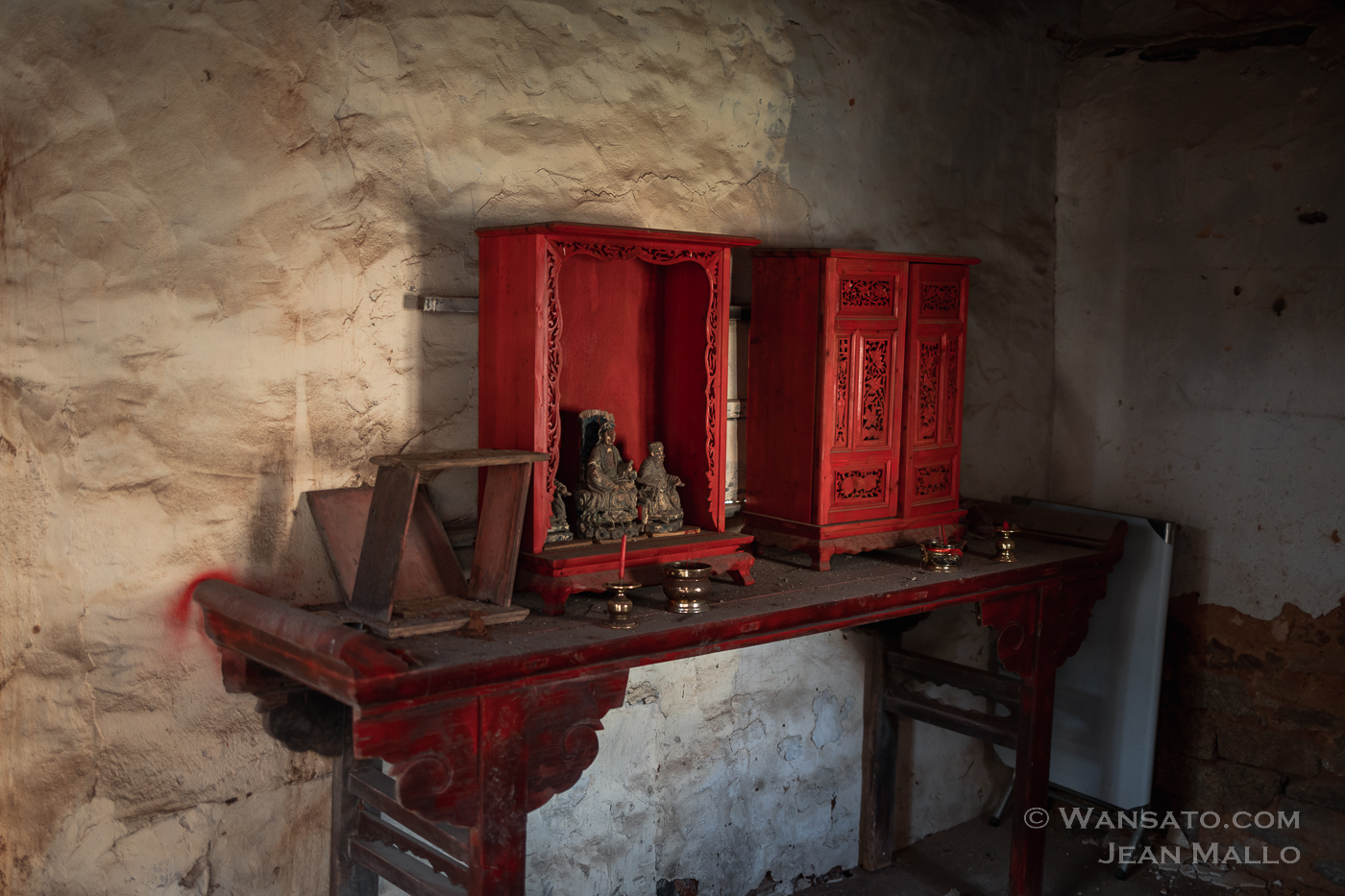
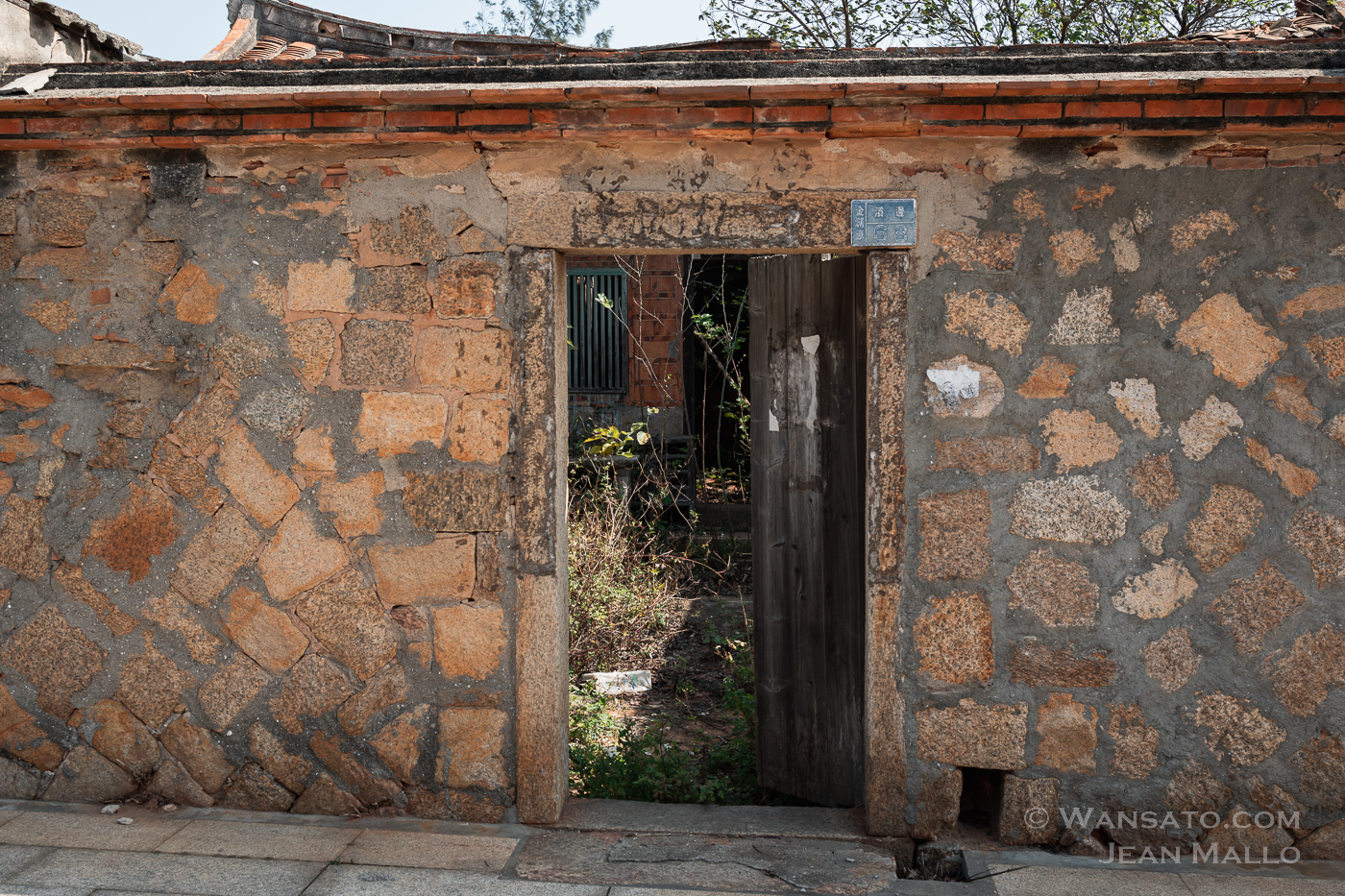
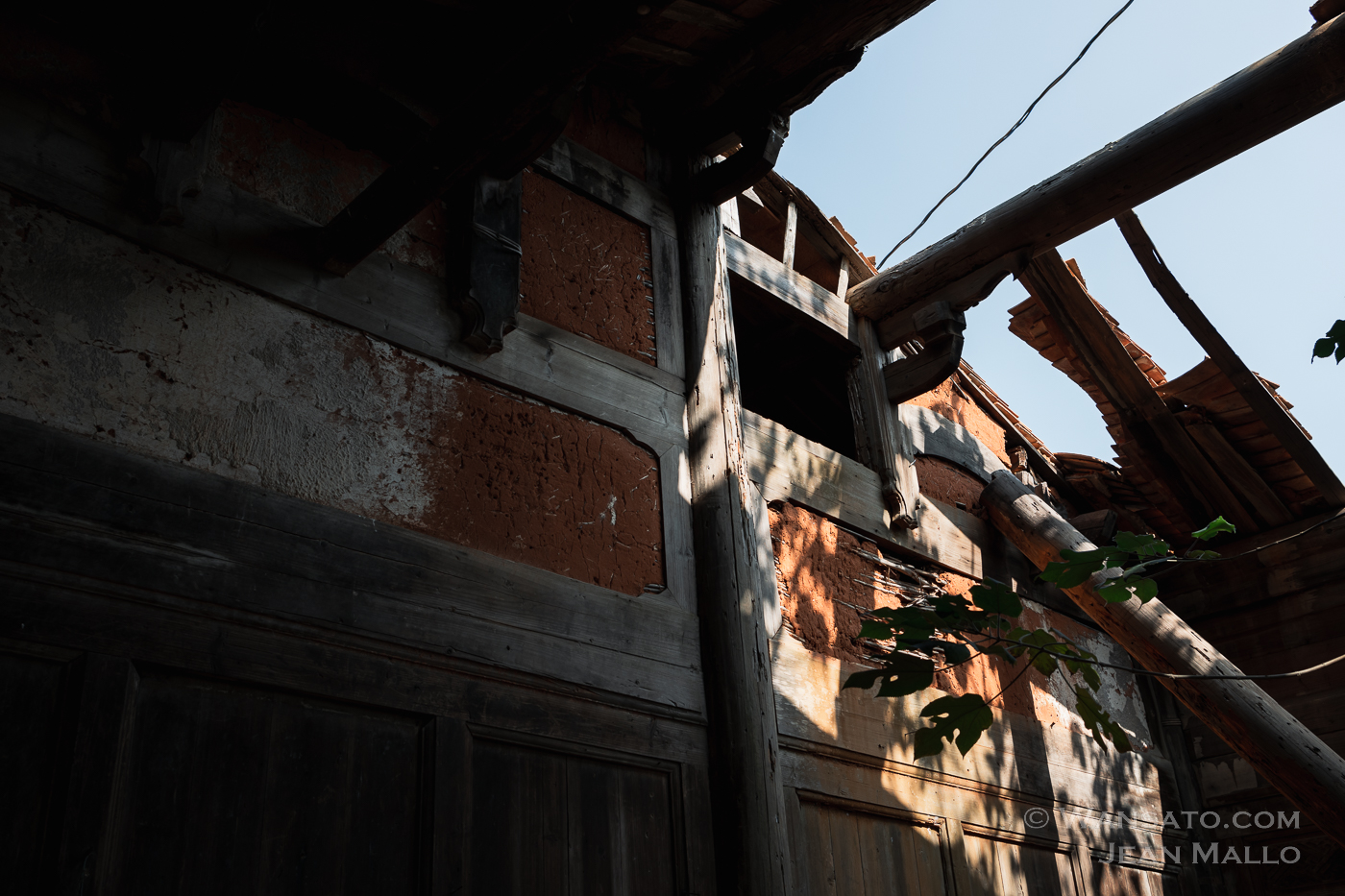

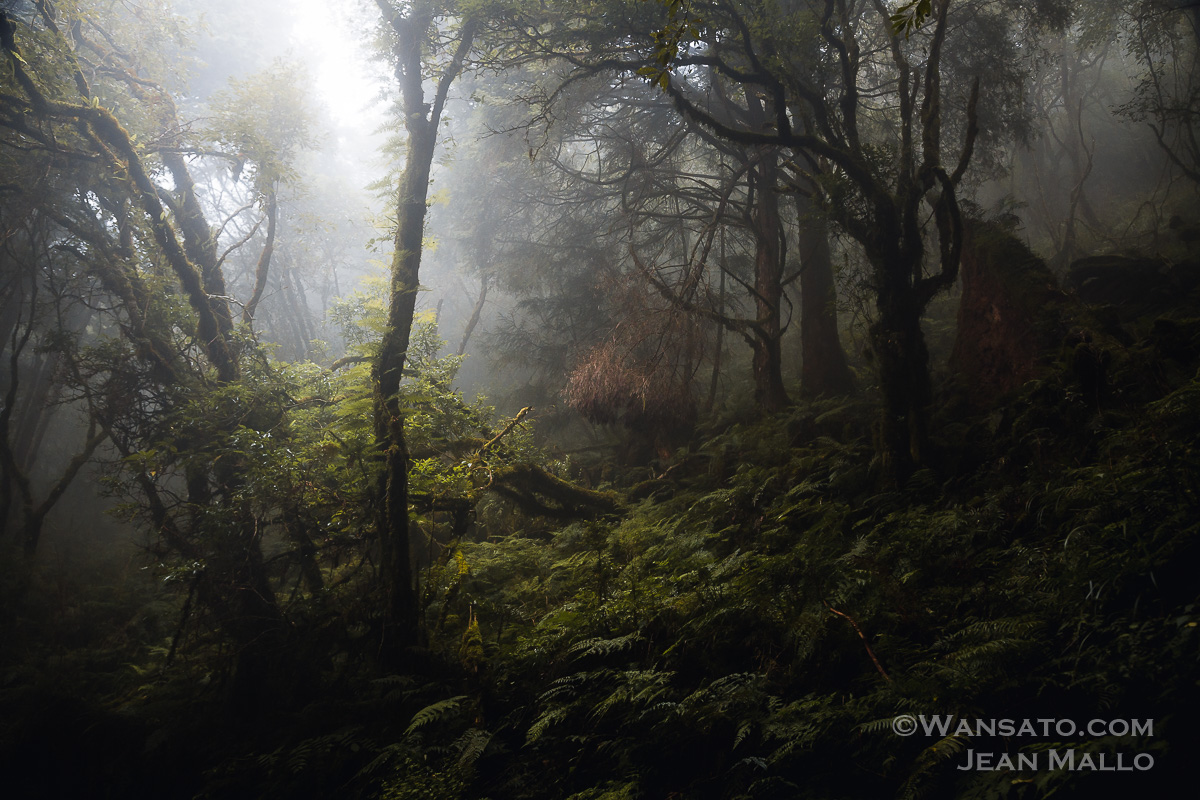


This Post Has 0 Comments